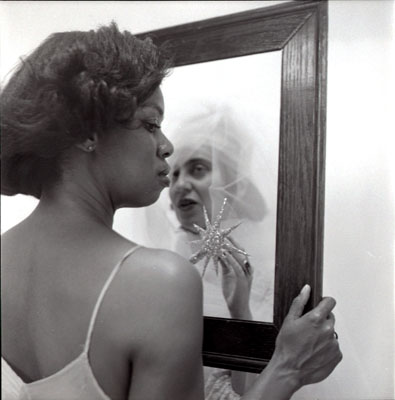Who is to define your identity?

To categorize people into different groups seems to be not only a fundamental function of human cognition, but also of our whole society: child vs. grownup, man vs. woman, black vs. white… Based on such categorizations, we assign rights and duties as for example the right to vote or the monthly fee we have to pay for our health insurance. How people get categorized by others, however, does not necessarily accord with how they categorize themselves.
A New York Times article I stumbled upon some days ago prompted me to do some research on the internet. This resulted in a vivid example of such “categorization disagreement”: race in the U.S. census. Until 1950, census takers were sent out by the government to record data on the residents of the USA. They categorized people into different racial groups based on their appearance. Later, the U.S. government changed their way of data collection: they began to assess their residents by letter. This meant that people now categorized their race themselves. This new self-assessment had a huge impact on the statistics on race. For example, between 1940 and 1990, the Native American population increased by 455 % (up to almost two million). Even though there is more than one reason for this rapid population growth, research shows that self-assignment of race is the most important factor. Another example: in the 1910 census, 65.5% of Puerto Ricans were categorized as “white” by census takers. In 2000, 80.5% of Puerto Ricans categorized themselves as “white”. As shown, this is not due to an actual growth of the white population, but rather due to differences in race classification. (For more census statistics, see here and here.) Read More »Who is to define your identity?
